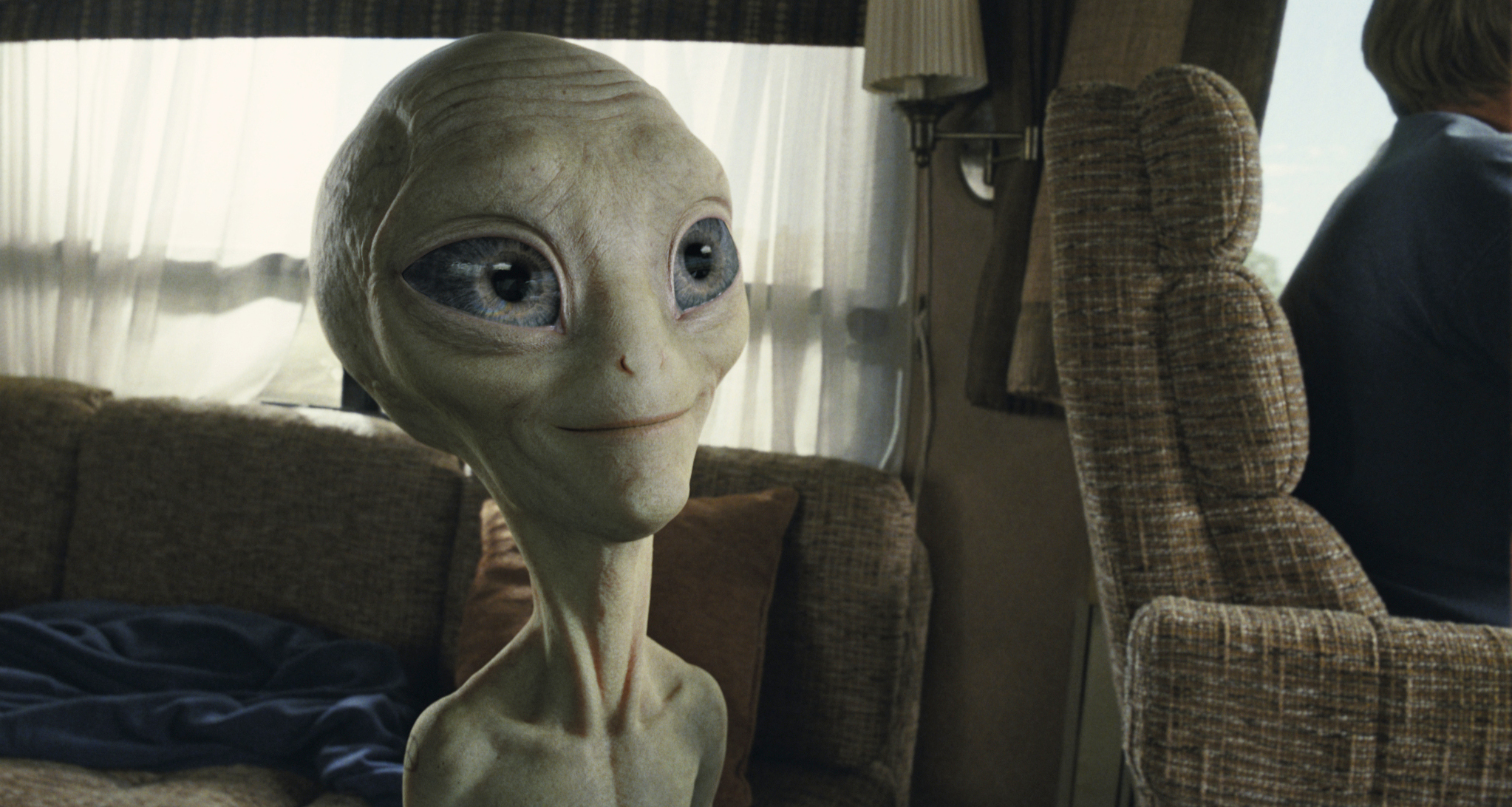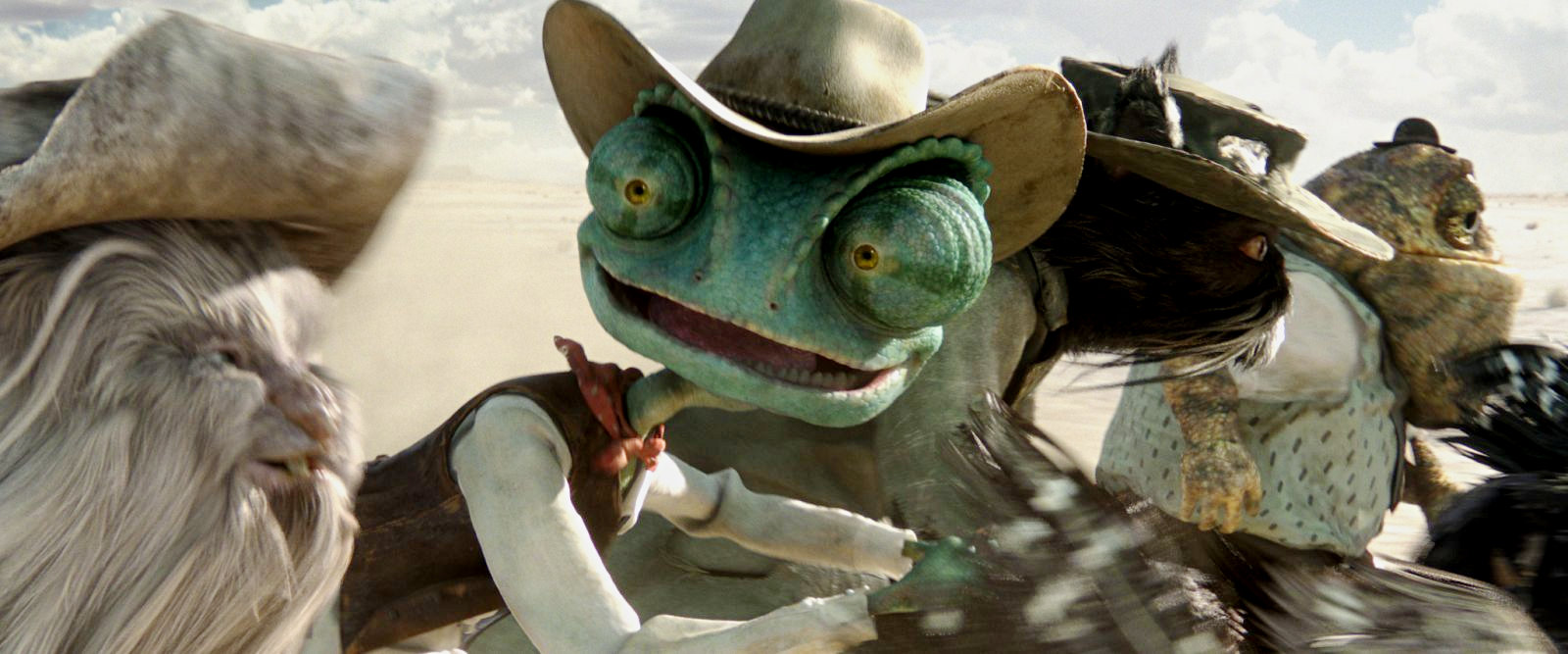Due to Blogger going down and me realising I hadn't actually finished writing about Friday yet this one's a little late.
-----X-----
Friday
 |
| "What do you mean Fish & Chips aren't German?" |
Friday I arrived at the conference halls early for screenings from the neighbouring animation festival. While these were entertaining it wasn't until the Dobby & Kreacher talk at 10am that the day really started. Framestore's work on Dobby and Kreacher in the latest Harry Potter film is really stunning, to the point that (spoilers) Dobby's death is the most moving scene in the film and the CG Dobby is, obviously, an integral part of it. The fact that a CG character can now deliver a compelling performance and move an audience is a testament to the level of detail and nuance Framestore were able to capture.
This talk was followed directly but The Harry Potter Accolade, a tribute to all the studios that have worked on the visual effects for the franchise. It was like a retrospective on how some of Soho's biggest effects studios have come from small start-ups to industry giants through their involvement with the Potter films, expanding to tackle the challenges of each new film, free to take risks and invest in proprietary technology safe in the knowledge of the repeat gig that Potter was. Oh, and ILM were there.
 |
| Konig Saal |
Each professional representing their studio would give a brief talk on their work in the films for the films in groups of three, and then the final two films. As one audience member pointed out in the questions afterwards: it was like a history of visual effects. What surprised me was how work was passed between studios, irrelevant of who had previously worked on what. For example ILM did Dobby in The Chanber Of Secrets, but since then its been Framestore's role. Double Negative started doing simple 2D work mostly, but then transferred to fully 3D scenes with digi-doubles and in Part 2 they're working on the dragon escape sequence from Gringotts. This was the scene we got to see a previously unreleased clip of, complete with unrendered playblasts!
 |
| The Free Elf |
After lunch I attended a highly technical talk on "next generation graphics on Intel's Sandy Bridge". It was from one of Rockstar's technical leads who worked on GTA IV and Red Dead Redemption, and while it was interesting to hear about the implementation of lighting in those two games, the presentation he had prepared was pretty hardcore and included a demo of a game that was the epitome of 'programmer art', it was hideous.
Next, in the same room was a talk on the look of Need For Speed: Hot Pursuit. I was, at this point, trying to cram as much game stuff in as possible and (perhaps foolishly) passed up cinematography at Pixar for this talk. It was great though and his focus on simple methods of achieving a great look in terms of both graphics and aesthetics was really helpful. He talked about colour correct textures and a gamma correct pipeline, focus technology where it would serve the imagery, and not just push for 'more hi-res textures'.
 |
| IBL in Need For Speed: Hot Pursuit |
He tore apart some screenshots of Gran Turismo and then showed some side by sides of car commercials and Need For Speed screenshots- they really have done a great job at mimicking that style. They even have a realtime version of image based lighting, in order to light the cars separately from the scene to maximise prettiness, they needed to add image based lighting to help reintegrate the car back into the image, also the addition of contact shadows and ambient occlusion help really sell the car's presence in the world.
I left this talk 5 minutes early very reluctantly in order to catch 'Animation Tech In Crysis 2', in the hope it would be better than the talk Image Metrics did at the beginning of the week. Unfortunately I was already too late and the small room was full, luckily I managed to rush to the making of Megamind. Here they talked about procedurally generating their city with tools that reminded me of The Sims, or Spore's building creator. One of the most interesting points he made was in terms of lighting the glow of the city at night, one lighter though of doing an ambient occlusion pass (so darkening all the bits where buildings were closely packed) and inverting it and colouring it orange, so now all the small alleys and packed streets where filled with an orange night glow that, when combined with a height map, created a convincing city-at-night effect.
 |
| "Revange!" |
I was glad I'd caught the Megamind talk because it secured me a place for the last talk of FMX and it wasn't one I wanted to miss: 'Animating Tangled'. Here we were taken through the process the Disney animators went through discovering the characters for the film and the massively lengthy pre-production phase that ended up allowing them to make the film itself in 6 months! When I saw Tangled in the cinema I had no issues with the main character and her function as a princess archetype, but after seeing the road they took to reach the final design I feel acutely aware that the only reference they used were other Disney films, the only look they tried was a traditional cartoony look and the result now feels like an incestuous amalgamation of Disney princesses repackaged for a modern CG-centric audience. Perhaps I've been spoiled by Rango...
I feel cynical for saying it, and hypocritical because I loved Flynn who- though less incestuous, is just another rogue-ish archetype. I feel this says volumes about the animating itself though, as despite these stale and tired designs the characters completely come to life on screen. We were shown some the early tests that animators did with prototype rigs and there was one where Rapunzel hears a noise whilst sitting on her bed and jumps up to investigate. The vitality of the movement so completely resembled the euphoria of a little girl that it didn't matter that she had giant Disney eyes, a waspy Disney waste, or flowing Disney hair because I was utterly convinced there was a very alive character inside. I exited as the applause died away and questions began; to catch a screening of the film itself.
 |
| "Frying pans! Who knew, right?" |
The end-of-FMX party that night was a lot of fun, new cocktails were discovered, dances were had, trains were missed, and at around 5am we all made it home.
The next few days were spent enjoying the extra sunny weather exploring Stuttgart with Kebaps and recovering in readiness for what was to be a particularly gruelling journey home (how can it take 2 hours to get from Stuttgart to Stansted, but 10 hours to get from there to Falmouth?!
The End
-----X-----




















